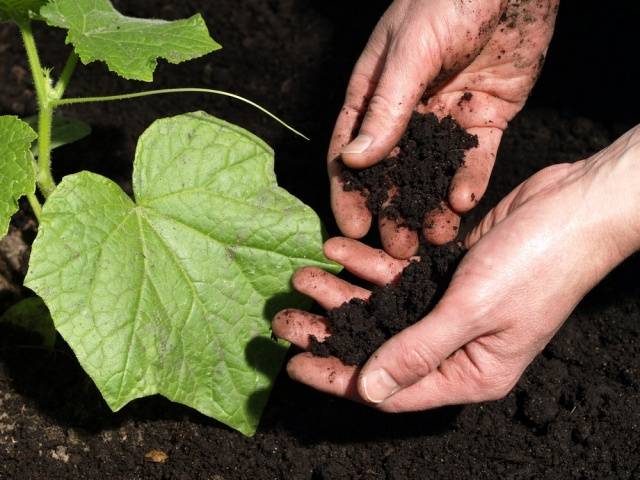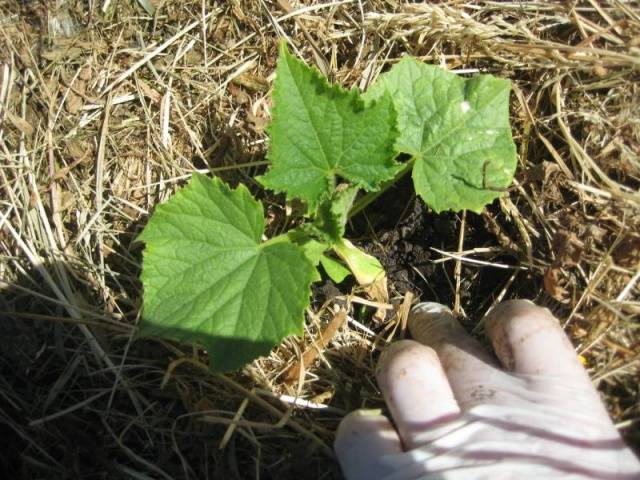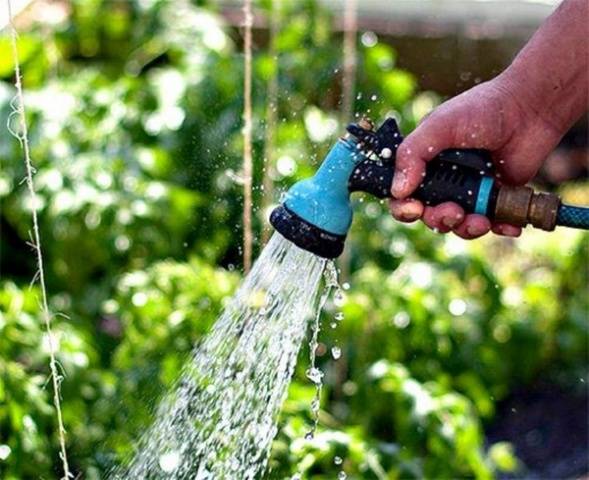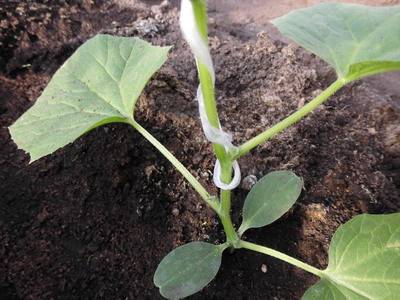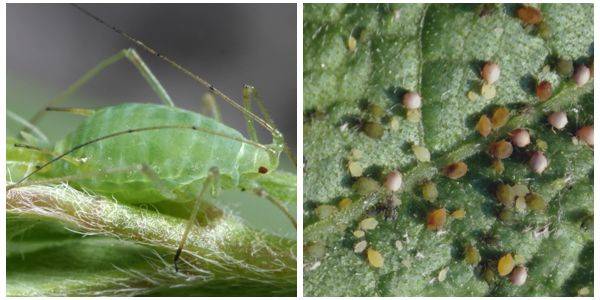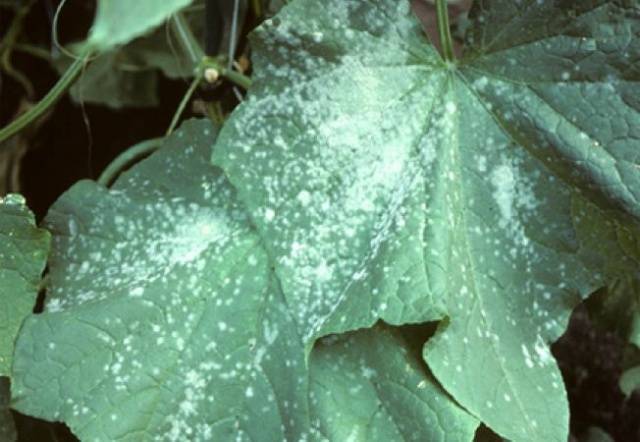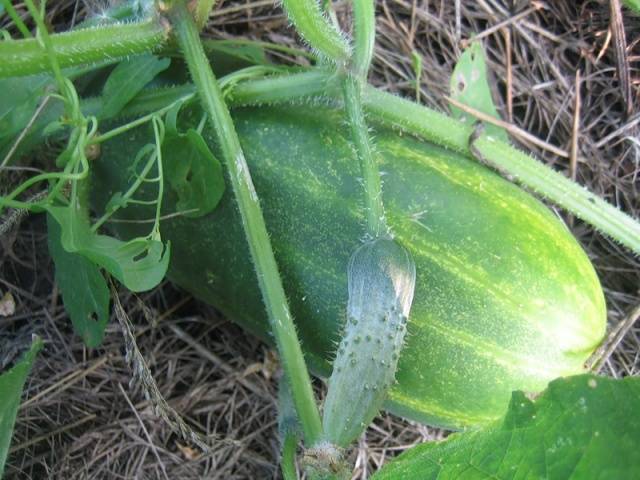Content
To harvest a rich harvest, you should study in advance the information on how to grow cucumbers in the greenhouse made of polycarbonate.
First you need to choose the right variety. When making a purchase, you should pay special attention to the manufacturer's recommendations indicated on the packaging. Whichever variety of cucumbers you choose, you need to make sure that preliminary preparation and processing of the planting material has been carried out. If the seeds have not been processed, you will have to carry out this procedure yourself.
Seed preparation for sowing
There are several ways to prepare seeds for sowing:
- It is necessary to germinate previously disinfected seeds on damp gauze. In order to wash off all pathogenic bacteria from the seeds, a solution of hydrogen peroxide or potassium permanganate is suitable. The seed must be kept for 5-7 minutes in a disinfectant solution, and then thoroughly rinsed with clean water.
- Dilute 1/3 tsp in 100 ml of pure water. boric acid, seeds are immersed in the resulting liquid for 3 hours. After this procedure, the seeds are washed with running water.
Sprouted seedlings of cucumbers can be planted in a greenhouse after 4 dense leaves have appeared on the stem and at least 30 days have passed since the beginning of growth. The greenhouse at this moment will be a favorable place for the growth of plantings.
Recommendations for growing cucumbers in a greenhouse
How to grow cucumbers in a polycarbonate greenhouse? The main thing is to remember that sudden changes in temperature, humidity and dryness, excess moisture in the soil and watering with cold water are the worst enemies that prevent the development of a strong plant. The greenhouse is no exception here, in it, as in the open field, it is important to observe the proper conditions.
In order for the harvest of cucumbers to amaze with its volumes, you must follow the basic rules:
- The greenhouse in which the cucumbers grow must be ventilated, but drafts must not be allowed. Moreover, airing must be carried out in any weather, even rainy.
- In order for the seedlings to develop actively, the composition of the soil in which they are planted must be neutral, without excess nitrogen. The root system of cucumbers is very fond of oxygen, so the soil must be carefully loosened.
- Proper feeding is important for cucumbers. Exactly 21 days after planting, the seedlings can be fed. Well stimulates the growth process by mulching the soil. Mowed lawn grass or sawdust is excellent for these purposes. Mulching helps to retain moisture in the ground as much as possible, to prevent rotting of fruits if they grow close to the soil surface. So that the soil does not dry out, and a hard crust does not form on its surface, the beds are mulched with a thin layer of hay.
- It is important to ensure that the surface roots of the cucumber seedlings are not exposed. It is recommended to sprinkle them with earth periodically.
- It is recommended to water the cucumbers 3 days after planting the seedlings. This period is correct for both the greenhouse and open ground. For 2 weeks, water the seedlings only in the root part to give the root system a good development. Until the first ovary appears, the cucumbers are watered once every 3 days.
Experts advise to adhere to some recommendations for proper watering:
- Do not pour water directly onto the leaves. Without good air circulation, the seedlings will start to ache. The plant should be watered at the root with warm and settled water. If water is taken from the tap, then it must be allowed to settle for several hours.
- It is forbidden to water cucumbers in direct sunlight. Water droplets on the leaves will burn.
How to tie and feed
When growing cucumbers in a polycarbonate greenhouse, it is necessary to tie the lashes carefully, without tightening the loop tightly. As it grows, the stem of the plant will thicken, and if the loop is tightened too tight, it will squeeze the shoot. Once a week, check the quality of the tying by guiding the stem in the right direction.
It is impossible to grow a healthy and fruitful plant without proper fertilization. Systematic feeding allows you to collect the maximum yield of cucumbers in terms of volume and makes the seedlings more resistant to diseases and pests. Experts recommend adhering to the following fertilization scheme:
- During the period of active growth of shoots and leaves, seedlings must be fed with nitrogen fertilizers.
- During flowering and the period of ovary formation, the soil should be well fertilized with nutrient compounds with a large amount of phosphorus.
- When the lashes begin to actively bear fruit, the soil needs potash and nitrogen fertilizers.
The very first feeding begins from the moment the real 4th leaf is formed. Subsequent dressings are carried out at intervals of 1 every 3 weeks. Formation of new flowers can become a signal for feeding.
Threat to greenhouse cucumbers
To minimize the risks of damage to the leaves and stem of the seedlings, cucumbers are grown in greenhouse conditions. IN greenhouses the main pests for cucumber seedlings are aphids and whiteflies. Aphids love to eat up the pedicels, so it is important that there are not a single weed... Whitefly, covering the plant with its sap, causes the appearance of a fungus. To avoid this misfortune, all greenhouse vents are carefully covered with a net.
The main enemy of cucumbers is powdery mildew. This disease appears often, but it is difficult to get rid of it.
What if the cucumber leaves turn yellow? The yellow leaf is a serious problem for gardeners. For plants planted in the ground, unfavorable weather conditions can cause the appearance of a yellow leaf, and in the greenhouse - a lack of nitrogen and phosphorus in the ground.
You should never wait for a cucumber to outgrow. The fruit can be considered fully ripe if it is 5 cm long. The unharvested crop weighs down the bush, reducing the number of new ovaries.
Drying lower branches are not the best condition for the formation of new ovaries. Such a problem can arise if during the summer period there is not enough fresh air in the greenhouse, a low level of humidity. To remedy the situation, it is necessary to carefully remove all yellowed leaves, lay the seedling stem on the soil and sprinkle it with soil. Plantings begin to be watered more often until the root system begins to strengthen.
Cucumber fruits develop extremely slowly - this is one of the problems of gardeners. In order for cucumbers to grow more actively in a polycarbonate greenhouse, it is necessary to shed the soil well on a sunny day, and then close the greenhouse tightly. It is necessary to ensure that the ripe fruit does not exceed 12 cm in length. Harvest at least 2 times a week.
For greenhouse conditions, hybrid varieties are chosen. They are distinguished by high productivity, but there are situations when the ovary stops developing, dries up and eventually falls off. There may be several reasons for this phenomenon:
- the air temperature exceeds + 35 ° С, and the humidity is more than 90%;
- the plant has no male flowers;
- the soil is poor in minerals and requires their introduction;
- harvesting is rare.
It's a shame when a cucumber grown with such labors tastes bitter. Why is this happening? The taste of this vegetable is significantly influenced by a special substance - cucubitacin. Its amount depends on the conditions in which the cucumber grew, the variety of seedlings and the duration of ripening have an effect.
The longer the cucumber ripens, the more bitter it will taste.
Conclusion
Knowing the basic rules of care, you can grow a rich harvest of cucumbers in the greenhouse, which is enough for both salads and pickling.





